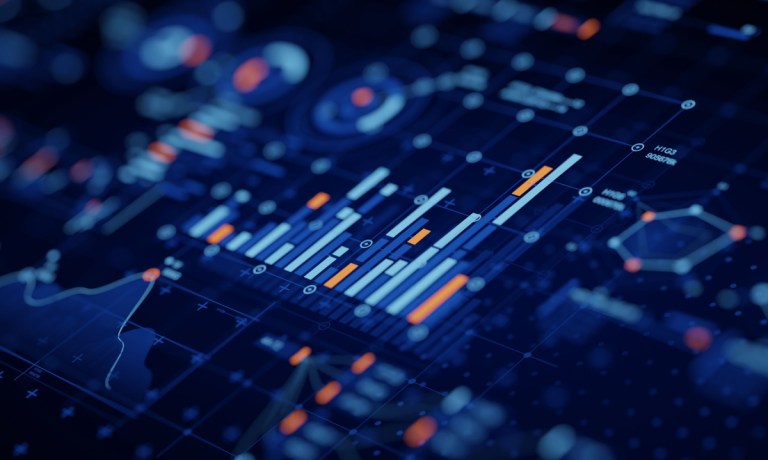
The B2B landscape is a complex and multifaceted, but above all, it is incredibly valuable. There are trillions of dollars in play — representing a total addressable market (TAM) that is multiples of the value of the B2C landscape.
Still, given the vast nature of the marketplace, firms looking to win with their B2B approaches may fall into the trap of targeting an audience that seems attractive, but is actually defined so broadly, or even so narrowly, that their initiatives are doomed from the start.
That’s why savvy B2B players are increasingly leveraging data to inform not just their own operations, but their sales and marketing tactics as well, introducing data-led optimization and automation across every B2B relationship touchpoint, including those of both existing customers and prospective ones.
But, as with everything B2B, activating this data isn’t as easy or as simple as it may appear at first glance. B2B data is inherently complex, and the value of third-party data is diminishing compared to relevant and real-time first-party information. Increasingly, for effective B2B campaigns, firms need to leverage both their front-office CRM data, including leads, opportunities and sales interactions, and their back-office ERP data.
Taking advantage of this data by managing its complexities and intricate hierarchies can allow firms to create automated intelligence, but it demands transformation and support from both the data and technology side.
Against the contemporary backdrop of cutting-edge artificial intelligence (AI) solutions, the return on investment (ROI) of centralizing and standardizing this data can pay off in spades when establishing a successful growth strategy.
Read more: Leveraging Data to Close the Small Businesses Targeting Gap
Key to success with B2B targeting is realizing the importance of alignment and segmentation. No two businesses look the same or want the same thing. Often, two businesses in the same sector can be vastly different, particularly if those businesses are smaller ones. A small or medium-sized business (SMB) could be making $100,000 or $10 million, meaning that the potential lifetime value of targets in a pipeline could be hundreds of times the value of each other, making them their own unique animal.
Fortunately, with data, this can be captured, and businesses can accurately define their target audience and craft appropriate ideal customer profiles (ICP). Of course, without evergreen data sources, campaigns can be felled before they even begin by out of date and stale data that is no longer relevant.
Without comprehensive, trustworthy data, efforts might not yield the results firms expect. It is crucial in today’s day and age to prioritize business transformation and comprehensive data management, leveraging both internal and external data sources to provide a 360-degree view of customers and prospects.
Businesses looking to optimize their B2B approach need to use data to make informed, accurate decisions around identifying potential customers with the greatest return on investment and the lowest risk.
“A spray and pray tactic in today’s increasingly competitive financial service and merchant services landscape is a recipe for disaster,” Charles Zhu, vice president of product at data intelligence platform Enigma, told PYMNTS. “You’re essentially revealing that you haven’t differentiated yourself to tackle a market in any kind of way.”
This process of establishing a robust data engine also helps accelerate businesses’ journey with AI and machine learning. After all, solid data foundations are needed for training and building the machine learning models capable of optimizing and predicting campaigns and sales activities.
“Commercial domains that have access to data and are familiar with using compute to accelerate their business are really well positioned to capture AI’s benefits,” Andy Hock, senior vice president of product and strategy at Cerebras, told PYMNTS.
Introducing optimization and automation to B2B processes can turn massive amounts of information into easily consumable formats, removing the need for employees to manually sift through pages and screens of data, information and metrics, while providing complex segmentations at speed and at scale.
“The moment you slice the world through the lens of historical transactional behavior, you can then leverage a predictive gen AI framework and say something about the likelihood of those future transactions,” Pecan CEO and Co-founder Zohar Bronfman told PYMNTS. “It’s evolutionary in terms of how businesses can operate.”
Still, embracing these modern solutions and undertaking digital transformations also comes with the need for organizations to prioritize cybersecurity and allocate resources accordingly to protect their data and assets. By standardizing their data, as well as securing it, firms can drive better results with their B2B targeting initiatives.